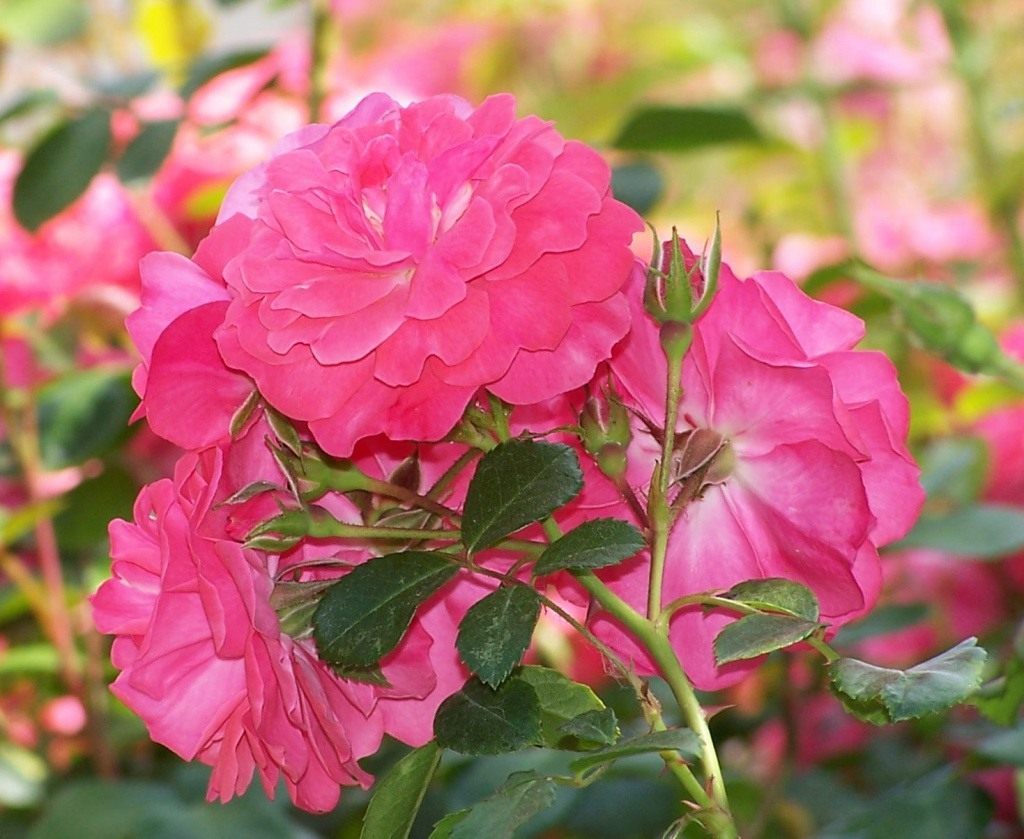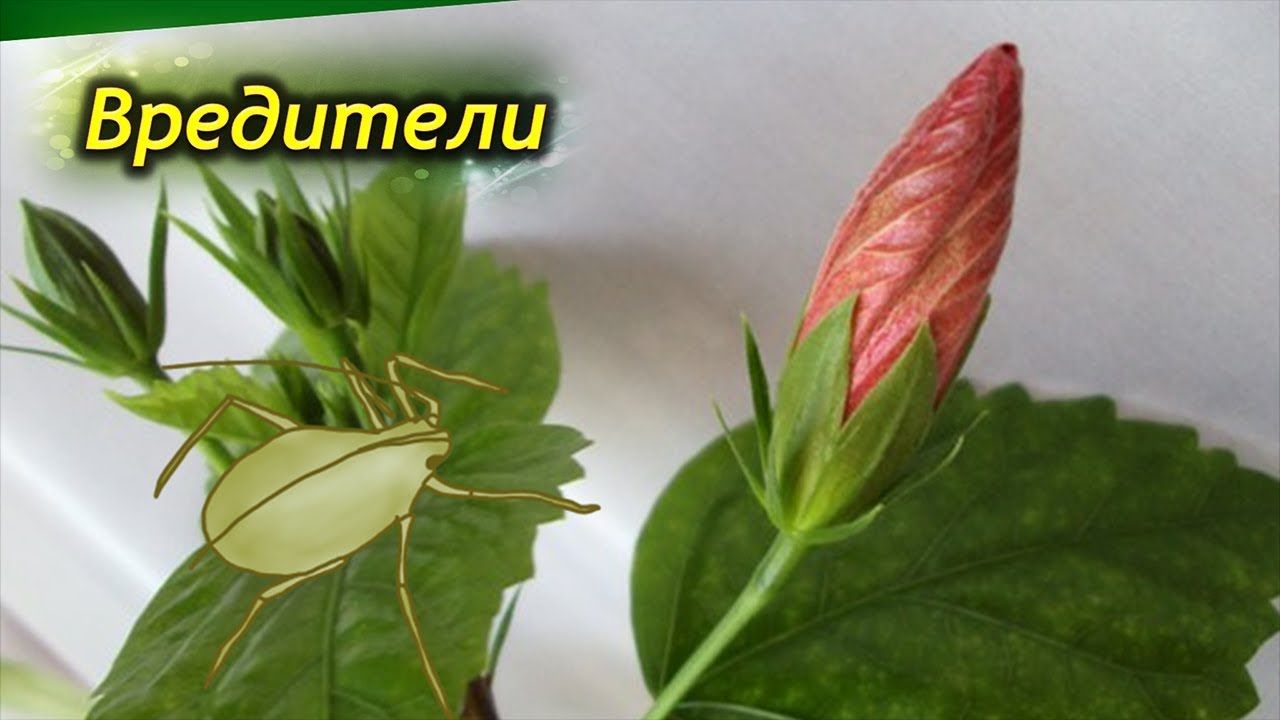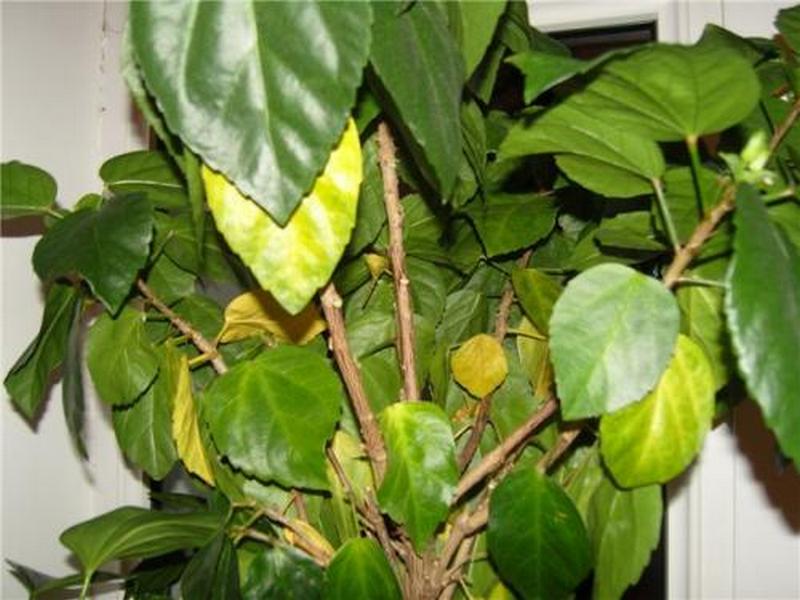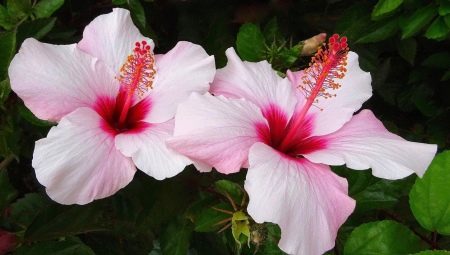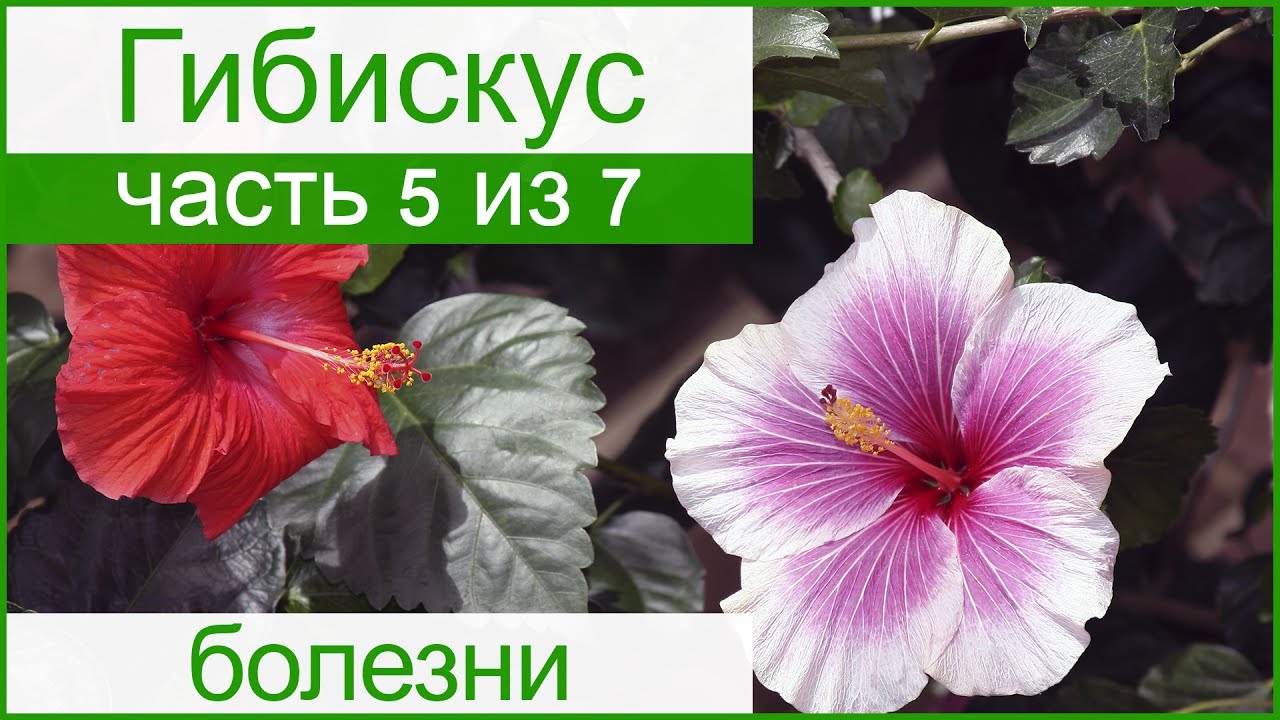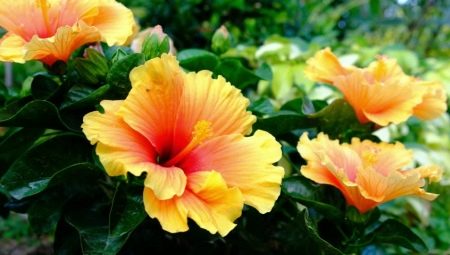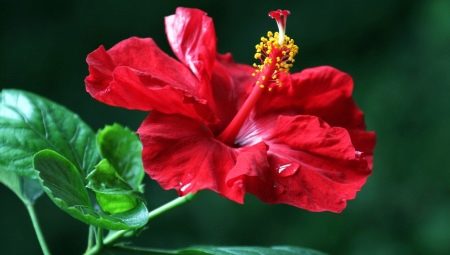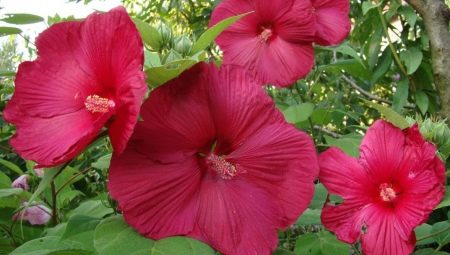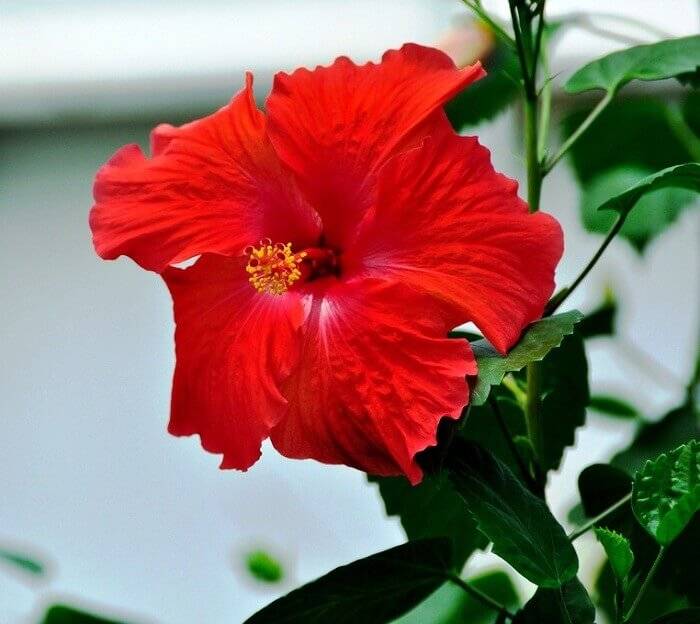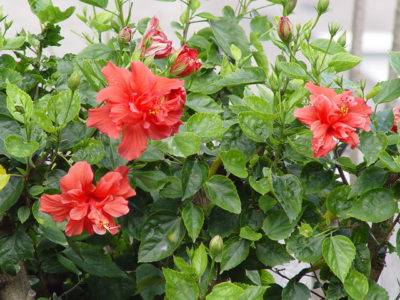Causes of leaf curling
The problem with the appearance and health of the flower may not appear immediately, you can buy an already sick flower in the store. But if you have hibiscus for a long time, and the leaves begin to dry and curl, then most likely a mistake was made in leaving.
Causes of leaf disease:

- pollution;
- lack of moisture or excessive watering;
- strong sun rays;
- drafts and temperature drops;
- bad, too heavy water for irrigation;
- diseases and pests:
- feeding problems ー shortage or excess;
- the need for transplantation.
A flower can be diagnosed by concomitant symptoms: see what problems hibiscus still has. Leaves too yellow ー Check soil condition and temperature. Rolling the leaves inward will tell gardeners about low humidity. A yellowed top indicates the need for calcium-based fertilizers. But the rapid fall of the buds can begin for a number of reasons, you will have to reconsider the entire care of hibiscus.
When does the Chinese rose bloom and how long is this period?
How often do the buds open and how much do they bloom? If you observe comfortable conditions, then hibiscus blooms from July to September. Sometimes it is possible to achieve conditions under which the rose will bloom all year round, but this is difficult to do at home. But 3 or 4 months of flowering is quite within the power of any grower.
Hibiscus develops and grows very quickly. A young plant can bloom in the first year of planting. The flowers of the Chinese rose are very bright and showy, but they are not durable. Usually this period lasts a day or two.
Systematic observance of the rules will give the Chinese rose a vigorous flowering, and the florist the opportunity to admire the beautiful plant.
Previous
Why do Anthurium leaves turn yellow and dry? Plant saving tips
Next
Diseases What to do if brown and yellow spots appear on the leaves of anthurium? Causes of the problem
Hibiscus pests: description and photo
Aphid
A small insect that settles on the leaves, shoots and buds of the plant. It multiplies quickly and thus covers the entire surface of the plant, creating a sticky coating on it and destroying young leaves. To get rid of aphids early, you can use a soapy solution. They wash the infected areas of the flower. At a later stage, the plant is treated with insecticides.
Shields
After their appearance, brown bumps form on the plant.
To get rid of them, the plant is sprayed with insecticides.
This should be done as soon as possible after the pest is detected, otherwise the plant may die.
Schervets
If a waxy white discharge appeared on the plant on the cuttings and axils of the leaves, then it was struck by a worm.
To get rid of it, the leaves are treated with mineral oils. This should be done in the shade.
Gallica
Small midges that lead to yellowing, drying of leaves and buds. The eggs of this midge are stored inside the buds, from which worms emerge. They are the ones who eat the buds, which eventually fall off.
To remove this pest, you need to treat the soil with any means from ground pests and collect the affected buds before they fall off.
Whitefly
Leads to yellowing of leaves, covers them with sticky secretions.
Insects or their yellow larvae settle under the leaf, and you can see the pests without a magnifying glass.
For treatment, treat the plant with an insecticide and apply potassium soap.
Sugar on hibiscus leaves. # 10 YezhYtsa
Sent by
Thank you for such attention to my problem! Of course, I understand that pruning is not worth doing now) It's just that I periodically raise this question, but my hand does not)) The problem is that it is very difficult to manually process all the leaves - I don't get it, and it just takes the sea for it ((Hibiscus blooms almost all spring and early summer, during winter it also periodically throws out buds. It grows very quickly, especially in spring, the new shoots are soooo strong! The leaves are big, like burdocks
This spring, the hand again did not rise to cut off at least those shoots that block the passage - each had a bud! During the heating season and summer heat, it happens that the leaves turn yellow and fall off. But very moderately, no leaf fall. Spraying and slightly more abundant watering helps. I'm afraid to flood too much, because I don't know what kind of land there is in the flowerbed (most likely an ordinary garden one), whether there is drainage ... The land has not changed, most likely since the plant was planted, and to be honest, I have little idea how this can be done. Periodically I loosen the top layer - otherwise the earth becomes very heavy, tight. Our Spartan grows near the southwest window, in summer there is enough light. In winter, we do not organize any special supplementary lighting, we just turn on the light in the room with the onset of darkness. It burns until 12 at night ... can it be considered supplementary lighting? :) To my shame, I do not indulge him with top dressing ... the last time in the spring I stuck long-playing fertilizer sticks into the ground. The instructions said that this is enough for several months ... well, somehow, just after reading articles on the Internet, I began to realize that it would be nice to feed the pets. In general, I read flower articles with horror ... I did everything wrong !!!
The main causes and photo of the problem
Deformation of the leaves can be caused by several violations at once. The most common ones include the presence of pests or diseases, but improper care of a houseplant also plays an important role.
Before starting treatment, it is necessary to find out exactly what caused the curling of the leaves, because each of the existing causes requires an individual approach.
Below you can see what a plant with curled leaves looks like:
Pests
The Chinese rose is quite resistant to a variety of pests, but before the defeat of a spider mite or aphid, the plant will not always be able to resist. It is necessary to look very carefully at the bottom of the sheets.
- Aphids and ticks live in small colonies, so it is impossible not to notice them.
- The spider mite fully justifies its name, because it braids the damaged areas with a slightly noticeable cobweb. If the curling of the leaves in the hibiscus is caused by these pests, then it is necessary to spray the flower with soapy water. This procedure should be repeated several times.
- If the leaves rapidly curl and fall off, then this indicates the presence of a scale insect. The scabbards are cleaned with an ordinary brush or a rag dipped in an alcohol solution. The alcohol solution can be replaced with a soap solution.
Read about common diseases of hibiscus leaves here.
Also, our experts have prepared articles about such problems with hibiscus:
- What if the roots, stem or leaf tips dry out and why are the problems?
- Why can he shed his unblown buds, how to save?
- Why do leaves turn yellow and fall?
Infectious chlorosis
Often, the amount of chlorophyll in the leaves of a Chinese rose decreases, so they begin to curl. A disease such as infectious chlorosis is mainly carried by pests. The most common vectors are ticks, aphids and thrips. First of all, it is necessary to get rid of unwanted pests, and then water the plant with a solution of iron chelate and ferrous sulfate.
Priming
Hibiscus needs a soil that will be well permeable to air and moisture.For the successful cultivation of such a plant, purchased peat-based soils are not entirely suitable. In this case, the leaves may begin to curl, and the plant will die as a result. It is necessary to add leafy humus, which makes the soil moisture-consuming. The addition of sand or sod land also has an excellent effect on the soil.
Fertilizers
In order for the Chinese rose to grow and bloom normally, it needs a lot of copper, iron, magnesium and potassium. If the leaves of the plant began to curl, then this may indicate a lack of trace elements. It is necessary to fertilize the soil with special substances as soon as possible.
Hibiscus fertilizer, which is sold at any flower shop, is fine. In order for the problem to no longer make itself felt, you need to feed the plant once a month.
Watering
If the flower is constantly in a room with sufficiently dry air, then this will certainly provoke a rapid curling of the leaves. It is not recommended to allow a low level of moisture in the room. You can put a pallet of wet sand near the potter.
As soon as the sun's rays fall on it, the moisture will begin to evaporate, which will have a positive effect on the growth of the hibiscus. It should be noted that only filtered water should be used to raise the air humidity. It is also recommended to spray the leaves of this plant every few weeks, but only very carefully.
Lighting
The main enemies of the Chinese rose are direct sunlight. The plant is very fond of light, but from such rays it can get leaf burns, especially if the flower stood in the shade most of the time, and then got into the sun.
Many gardeners recommend paying particular attention to the lighting, because not only the problem of leaf rolling, but also the general condition of the plant depends on it. It is necessary to place the hibiscus in a place where there is a lot of light, but not particularly hot
In this case, you should water the plant as often as possible and ventilate the room.
Temperature
Improperly keeping hibiscus in a cold room will cause the leaves to curl. Optimum temperature indicators should not be lower than 18-21 ºC. Hypothermia causes a draft, so you need to choose the right place where the plant will stand.
Leaf curling in a Chinese rose is of course a serious problem, but it can be dealt with quite easily if you know the true cause of its occurrence. Taking the right treatment measures, you can return the plant to its former beauty and health without any problems. The hibiscus will then delight the owner for a very long time with its lush crown and beautiful flowers.
Leaf diseases

Separately, I would like to dwell on the problems and symptoms that arise with violations of the vital activity and development of the flower. Leaf diseases are in most cases triggered by chlorosis - a decrease in chlorophyll production in the green part of the plant. Below are the main symptoms of hibiscus distress, as well as their possible causes:
- Yellowing of leaves - pest infestation, plant root diseases, leaf chlorosis, poor indoor air humidification.
- Fall of hibiscus leaves - low humidity, no spraying, sudden changes in lighting, drafts, and other types of stress for the flower.
- Yellowing, coupled with falling leaves - waterlogging of the root system in winter, stress, low humidity in the room.
- Rolling the leaves into tubules is the defeat of aphids or some other pests.
- Withering of the tips of the leaves - a lack of nitrogen, phosphorus, and other nutrients, a complete lack of hibiscus complementary foods.
- The general wilting of the leaves and the entire flower is an excess of the temperature in the room above the norm, a decrease in humidity to low levels.
- Dropping leaves and buds by a plant - lack of the required amount of potassium in the soil, damage to leaves by gall midges, high temperature in the room.
Why does a home rose shed its buds? If hibiscus falls ill: Chinese rose diseases, treatment methods

Hibiscus buds can fall off due to lack of nutrition.
For the abundant flowering of Hibiscus (Chinese rose), top dressing, good lighting and timely watering are very important.
As for fertilizers, I use AVA - complex fertilizer. This fertilizer does not contain nitrogen.
It is good because you can bring it into the ground during transplanting, and then not think about feeding.
Otherwise, hibiscus must be fed every week.
Another important reason for dropping buds is moving the plant to another place.
Hibiscus reacts to the angle of incidence of sunlight. When rearranging or turning the plant, it shows its character - it drops the buds. This does not mean that it should not be touched. You can take it to the bath, wash the leaves. But then return it to its original position.
Make a light mark on the pot, this will help to place the flower correctly.
My Hibiscus is on the south balcony.
If I forget about feeding, then the flowers become smaller and may fall off.
My photos
hibiscus does not like drafts
Maybe the plant is standing in a cold draft. Or the irrigation water is too cold. Or the newly purchased plant was transported under inappropriate conditions. Or the plant was transplanted when the buds were already formed.
Or the difference between daytime and nighttime temperatures is too great. Keep the ready-to-bloom plant in a very mild climate at 18 ° C and humidity not lower 60%. Water more frequently and reduce the fertilizer concentration.
As soon as buds appear on the plant, do not move it, even for watering.
Maybe the temperature in the room is too high and the air is too dry. He may not have enough water.
Never spray flowering plants, as even small drops of water are bad for the petals. Spots appear on them, and they quickly fall off. Possible pests: spider mites, scale insects.
Then you will have to carry out treatment with drugs against pests: aktara, etc. etc.
I've noticed the main thing for myself - the lack of lighting. He also loves a lot of moisture (both watering and spraying).
One day I spat on these falling buds, formed a hibiscus in the shape of a tree and put it in a dark corner of the room ... the tree looks gorgeous!
Hibiscus or Chinese rose - came to us from the East. This exotic plant is very whimsical and demanding. feature and advantage of hibiscus - large bright buds. How pleasant it is to observe such a miracle on your windowsill.
Let's first figure out why hibiscus buds fall off.
The likely reasons for the falling buds of a Chinese rose may be:
- frequent movement around the apartment or office;
- non-compliance with the irrigation regime (too dry soil);
- lack of light;
- lack of fertilizers and nutrients;
- drafts and low room temperatures.
Now let's look at these reasons in more detail and discuss the steps to be taken.
The whimsicality of the Chinese rose or hibiscus is most often manifested in the fact that he loves peace and sedentaryism. If you have chosen the most favorable place for your flower, do not move it often from place to place. It is better not to disturb this plant once again, in order to avoid any problems.
The most common cause of bud loss is lack of watering, which can lead to more severe consequences. The root system of the flower may begin to dry out. And, as you know, most often the problem comes from the roots.
And when watering - not cold.
Lighting. Lack of light can cause this behavior. Avoid direct sunlight for a long time, provide the flower with enough diffused warm light. Hibiscus feels best on windows that are located on the west side.
With such large flowers, the Chinese rose expends a lot of energy.Therefore, she needs additional fertilization and feeding. Choose complex universal fertilizers. The presence of such components as potassium and nitrogen is mandatory. Avoid fertilizers that contain phosphorus. This component, especially in high concentration, will just lead to the dropping of the buds of the hibiscus.
There are also temperature limits for the content of hibiscus. The critical low temperature for normal plant life under dormant conditions is at least 15 degrees. In the warm season, and especially during the period of active growth and flowering, a favorable temperature should be 22-24 degrees. Hibiscus does not tolerate drafts
Pay special attention to this
Pruning can be the most effective way to find a shedding problem. Shorten all stems by 7-10 cm to stimulate the hibiscus to bloom again.
Please rate the material you have read :)
(2 ratings, average rating: 9,50 out of 10)
What if hibiscus sheds vegetative organs?
- If the rose has recently been moved from a darker room to the light, then it may have been stressed. It is necessary to gradually accustom the plant to light, protecting it from the sun's rays. If the rose was moved from a place with good lighting to a darker one, it is worth organizing the highlighting for the first time.
- Review the watering regime. It is necessary to water the Chinese rose as needed, preventing the soil from completely drying out. If there is stagnation of water, most likely for this reason root decay has begun. In this case, you need to carefully remove the plant from the pot and rinse the roots. Rotten and blackened ones should be cut off by sprinkling the places of cuts with "Kornevin". Having planted a rose in a new substrate, it is recommended to treat its crown with Epin's solution.
Buds
In cases where unopened buds fall, you should adhere to the above instructions, since the reasons for the fall of leaves and buds are usually the same
However, it is important to pay attention to the pot that contains the Chinese rose. A tight pot can cause weak buds
Read more about why hibiscus leaves turn yellow and fall and buds, what to do with this, you can in this material, but here we told why the plant does not bloom and how to solve this problem.
Pests
Pests are not always easy to spot black beetles. They can be almost invisible to the eye or even cleverly hidden. However, it will not be difficult for an experienced grower to determine that the problem of a flower is precisely in parasites, and not in negative external factors or any diseases. Usually they leave some kind of traces on the plants. This can be slippery deposits and other visible changes in the leaves and stem.
- Greenhouse and tobacco whitefly. From them, the leaves of the Chinese rose not only change color to yellow, but also become more sticky. On the reverse side, larvae or adult insects are hiding. To remove them, you need to use the funds "Biotlin", "Fufanon", "Aktara" and the like. You can also use potash soap.
- Spider mite. Dried fragments gradually appear on faded leaves with yellow dots. The tick itself settles in the same way as the whitefly on the back of the leaves, where it weaves its web. In the fight against the pest, soap, mineral oil, or even more powerful means - "Akarin", "Lightning", "Fitoverm" are used.
- Aphid. She settles in the very buds of the Chinese rose or new foliage. Flowers that have changed shape become sticky. To cope with these diseases, tobacco dust is used along with soap. Florists also recommend using such products as Biotlin, Akarin, Decis.
- Scorms. They can most often be detected by light discharge in the area of the petioles. Mineral oil or "Aktofit" is used to remove them.
- Shields and false shields. The pest makes itself felt by the fact that small brown bumps appear on the leaves of the hibiscus. If the affected area is not so large, then they are removed manually, and the traces of stay are smeared with mineral oil. In more difficult cases, an insecticide is used in the fight against the shield.
- Gall midge. Because of her, unopened flowers begin to turn yellow and fall off. This is because they become the place where the midge eggs are laid. Noticing this pest on a hibiscus, the buds are cut off, after which the soil is sprayed with any suitable remedy for earth pests.

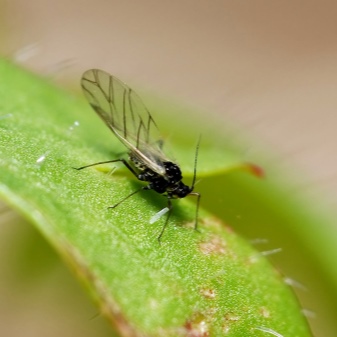
Causes of diseases
If you systematically violate the rules for keeping a flower, problems with it cannot be avoided. The main causes of the disease of an ornamental plant can be:
- keeping a pot with a Chinese rose in a room with too dry or too humid air;
- neglect of spraying the crown in hot weather;
- planting a plant in open ground in an area with direct sunlight or blown by the winds;
- the presence of pests;
- long-term cultivation of hibiscus without transplanting;
- placing the plant in an unnecessarily shaded place;
- watering with water containing harmful impurities;
- lack of fertilizing, etc.

Hibiscus is a very beautiful flower, which is easy to care for.
Interesting. The Chinese rose does not like to be turned too often to the sun in different directions.
Hibiscus pests
Spider mite
One of the main enemies of indoor hibiscus is the spider mite. Collectors of varietal hibiscus are constantly at war with him, coming up with more and more new ways of fighting. There are many drugs to kill this pest, but the problem is that with regular treatment, ticks get used to them very quickly.

Spider mite on hibiscus: photo
The most popular insecticides are Fitoverm, Aktara or Kleschevit, which are safe enough for humans. Florists often use Actellik, but its vapors are poisonous, therefore this tool is not recommended for use indoors. The drugs Sunmight and Neoron are distinguished by the fact that they destroy not only the ticks themselves, but also their eggs, but these funds are not sold in ordinary flower shops and often do not show much effectiveness.
Oddly enough, it is the "folk methods" that are effective against the spider mite. For example, spraying plants with water works very effectively, with the addition of a few drops of any essential oil (5 drops per 1 liter of water). This should be done regularly, every week. The method is safe for humans and destructive for the tick. But it is worth skipping one or two times of such treatment - and the pests return.
These methods from the outside seem too energy-intensive, but when the collections of hibiscus are large and expensive, it is better to set aside one day a week for spraying or bathing in the shower than losing the plants due to a pest invasion.
Aphids on hibiscus
Pests such as aphids are attracted by soft succulent shoots, its appearance on the plant immediately becomes noticeable due to sticky secretions and foliage deformation. Remove insects mechanically with a cotton swab and soap. Then the hibiscus should be treated with special chemicals: Aktara, Biotlin, Iskra, or any others. Alternative methods can be used, but they may not be effective enough. The processing is repeated several times, according to the instructions. Usually the plant is re-sprayed after 2 weeks.
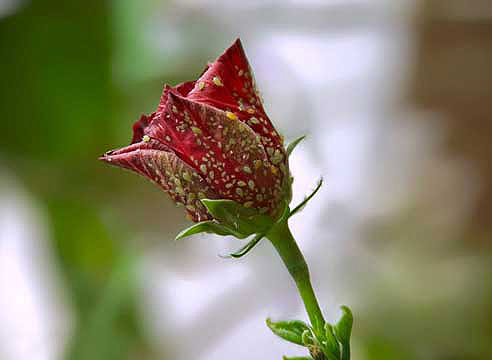
Indoor aphid on hibiscus: photo
Gall midge: why hibiscus buds fall
The fact that hibiscus sheds buds may indicate a gall midge infection. These pests lay their eggs in the buds, therefore, as a preventive measure, all yellowed buds must be removed before they themselves fall to the ground. The soil in a pot with hibiscus is treated with a preparation against soil pests.
The problem with buds can also be associated with a lack of lighting, uneven watering, lack of nutrition, drafts, and moving the hibiscus pot around the apartment.
Why does hibiscus shed its leaves
Known to most indoor flower lovers, the Chinese rose or hibiscus (Hibiscus rosa-sinensis) is considered an exquisite and luxurious plant and is grown by many growers at home.
This indoor pet attracts attention with its unusually bright and large-sized red, pink, lilac, yellow or white flowers against a background of rich saturated color of green foliage
Hibiscus is a capricious plant, it is necessary to care for it strictly according to certain rules. Indeed, with the slightest changes in favorable conditions of detention, the Chinese rose responds with the loss of its decorative qualities. Then suddenly the leaves begin to turn yellow, and then a real leaf fall happens. This behavior of an indoor flower must have an explanation. It is possible that this is due to illness or the appearance of pests, or maybe the hibiscus is under stress
It is important for a flower grower to quickly establish the cause of negative changes and take urgent measures to save the plant. In our article we will tell you about the reasons why hibiscus sheds leaves.

Care rules
In order not to have to treat the plant in the future, you need to create comfortable conditions for it in everyday life. Moreover, sometimes the rules listed below help to cure plants in case of an already onset disease.
- Water the flower according to its needs, that is, you need to do it regularly, but not too intensely. Otherwise, the earth will become damp and become fertile soil for the fungus.
- In summer, hide hibiscus from the scorching sun so that burns do not appear on its leaves.
- Fertilizers should be applied according to the instructions, too much with some substances has a detrimental effect on the condition of the plant.
- In winter and autumn, the Chinese rose no longer needs so much water. Reduce watering during winter.
- And spraying with water should continue all year round, as they are necessary for the normal hydration of the flower itself.
- Do not forget to put a drainage layer in the pot that traps moisture in the right amount.
Hibiscus attracts with its large bright flowers and large size. Thanks to these plants, you can turn your balcony into a blooming garden. For some, one Chinese rose on the windowsill is enough.


In the next video, various methods of treating hibiscus for diseases and pests are waiting for you.
Why does hibiscus shed its buds?
The buds of a Chinese rose turn yellow and crumble for several reasons:
- If, during budding, the hibiscus pot is rearranged from place to place. The pot should be in one place.
- If the plant is in a poorly lit place. Move it closer to the light.
-
If the flower is watered with cold water. Water for irrigation must be used at room temperature and separated. You can use melt water after defrosting the freezer.
- When the soil dries out in a pot. Water it regularly, in the morning or evening, every two days.
- With strong waterlogging of the substrate.
- With a lack of fertilizer. During the growing season and flowering, hibiscus requires more nutrients than during the rest period. It must be fed with a complex fertilizer, in which the minimum amount of phosphorus. Leaves turn yellow from excess phosphorus. Top dressing should be applied in cloudy weather, in well-moistened soil.
- If the plant has the wrong soil. The soil should consist of two parts of turf and one part of humus, leafy earth and sand.
After finding out the reason for the yellowing of the leaves of the Chinese rose, and after removing it, the flower will quickly recover. Long shoots can be trimmed at this time.
In addition, you can find out why the buds and leaves of hibiscus fall off here, and here we also talked about why the plant does not bloom.
Disease prevention
It is much easier to prevent certain diseases by taking some measures than to treat them later, fearing to lose the entire plant.
Burn
So, sunburn is prevented by gradually accustoming greenhouse and indoor flowers to sunlight. They start with a short time, then increase it. The rose is transferred to a permanent sunny place after full adaptation. In the event that the burn could not be prevented, do not panic - having dropped the damaged foliage, the hibiscus will soon grow a new one.
Chlorosis
It is quite easy to prevent this unpleasant disease. The non-infectious form arises from a lack of iron, therefore, watering the plant only with settled water, a couple of drops of iron chelate are added to it. The feed should contain sufficient nitrogen.
It is better to prevent the infectious form immediately:
- Exclude contact with infected plants;
- When washing hibiscus, cover the soil of the flowerpot with a film;
- The plant needs regular transplanting and a sufficient amount of fertilizer;
- All new plants must be quarantined.
Advice. If viral chlorosis has struck a rose, then treatment is pointless. It should be removed immediately to prevent the spread of infection.
Why it happens?
There can be many reasons why hibiscus leaves fell off. Let's consider the most common ones.
- Natural reasons. Chinese rose leaves can turn yellow and fall off for no apparent reason. If the flower is kept in favorable conditions and it is provided with proper care, you should not panic if a couple of leaves have turned yellow and fell off on it. It is natural. This is how the plant gets rid of old leaves.
- Lighting. The Chinese rose grows well in both good light and shaded conditions. However, it is worth knowing that it does not tolerate sudden changes in lighting conditions. Moving a plant to the street, or, conversely, from street to room, can cause stress in him. The consequences of stress are yellowing and loss of foliage.
- Improper watering. An excess of moisture in the soil, like its lack, negatively affects the condition of the rose. It is necessary to keep the soil moist, but avoid excess. Stagnant water leads to decay of the root system, and, in turn, to foliage falling. Lack of moisture can also cause leaves to fall off. Chinese rose, which is more than 4 years old, needs daily watering. Younger plants require less water.
- Violation of the temperature regime. The Chinese rose loves warmth. The optimum temperature for her is from +20 to 30 degrees. Exceeding this range, as well as sudden temperature changes, can provoke yellowing and leaf fall. It is necessary to protect the rose from cold drafts.
- Incorrect feeding. An overabundance of some and a lack of other substances can adversely affect hibiscus. So, magnesium and potassium are essential elements for it, which should be contained in large quantities. But an excess of nitrogen and phosphorus can cause yellowing of the leaves.
- Diseases. The most common disease in the Chinese rose is chlorosis. It is usually caused by hard water, as well as alkaline soil and iron deficiency. Chlorosis can kill the flower in a short time.
- Pests. The spider mite is the pest that most commonly infects the Chinese rose. It leads to yellowing and wilting of the leaves, which subsequently fall off profusely.
Unblown flowers
If a Chinese rose loses unblown buds, there is most likely a violation in its content.
The most common cause of bud fall is dry soil. However, there may be others.In principle, they do not differ from the above reasons for leaf fall:
- lighting problems;
- improper watering;
- unfavorable temperature conditions;
- lack or excess of fertilizers;
- diseases and pests.
IMPORTANT: A "correct" pot is needed for a Chinese rose. It should be of optimal size and with good drainage system.

